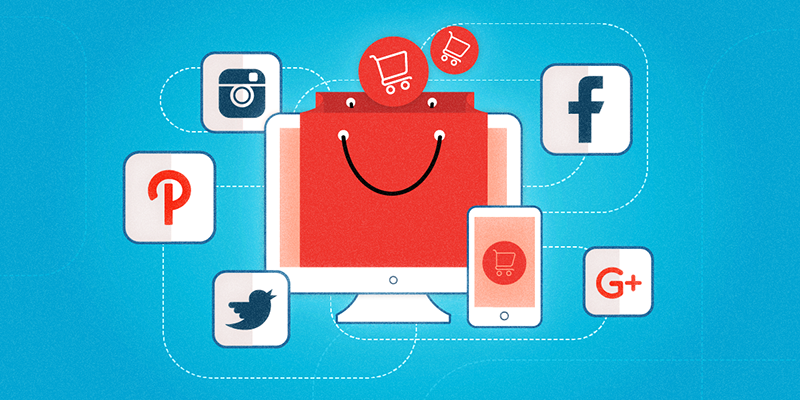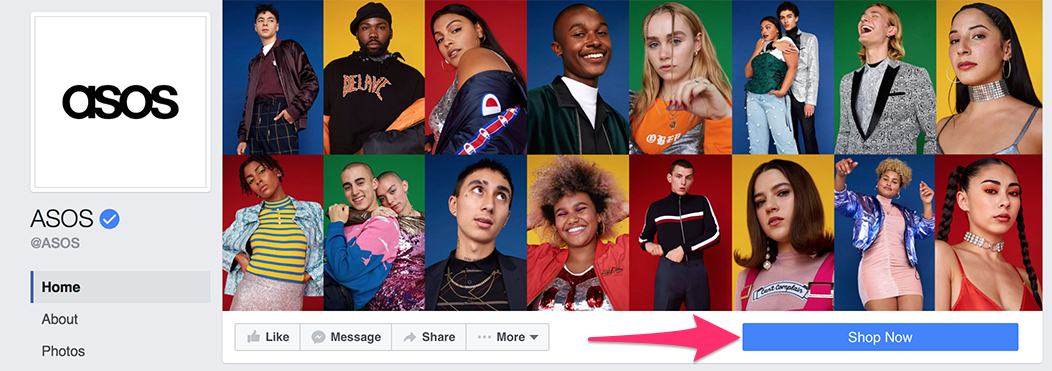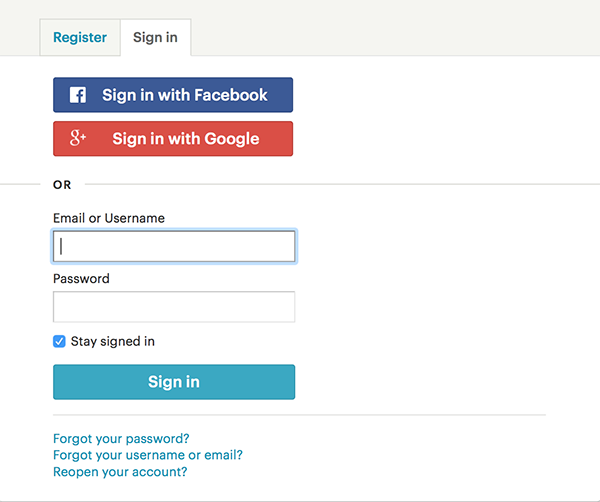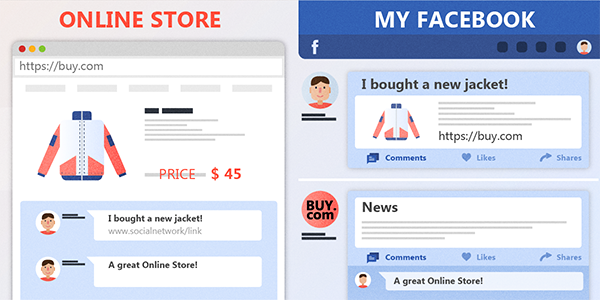
Everyone knows that online purchasing is on the rise: around 1.4 billion people made online purchases last year. And according to Selz, 50% of the online population has bought something online more than once. The number of online stores is growing rapidly, not least because a wide range of customers would prefer to shop without leaving their apartments.
Consumer behavior is changing every year, so to keep up, business owners need to improve their eCommerce sites. This usually involves IT-savvy experts and employment of new technologies to make sites more mobile. But, there are ways to boost sales with the help of social media, as great customer experience can satisfy existing clients and entice new ones.
Social media is great for brand exposure (when done well). And according to eMarketer, 68.3% of the online population used social networks in 2016 (with over 1.71 billion monthly Facebook users). Moreover, the number of worldwide users is anticipated to reach about 2.95 billion by 2020.
With this in mind, here are eight ways that you can integrate social media into your online store and marketing to boost sales.
8 ways to boost your online store with social media
1. Call-to-action buttons on social media
Social networks are a great medium for sharing. To boost sales, create a “Shop now!” button on your Facebook page that goes directly to a wide range of products on your online store. On other sites, try changing the website link whenever a new collection arrives or an event comes around. You can also add some links in posts, but remember to post great content and engage with your audience, that way they are much more likely to react.
Furthermore, make sure to feature your unique points, share news about your company and outline fresh trends. Don’t forget to let your followers know about the discounts, special offers and giveaways you are organizing.
Image source: ASOS Facebook page, November 2016
2. Social media plug-ins and widgets
There are many widgets you can add to your site without the help of an external developer. These can help you track which items are popular and help your customers share their favorite pieces.
Consider the number of social accounts: LinkedIn will unlikely be the right fit if you sell consumer products. Apart from Facebook, Twitter, and Google+, make sure to add Instagram and Pinterest too. Remember to also add a “Like” button to track the number of your social users.
3. Social media authorization
Why not save your future clients’ time and let them seamlessly log into your store with their social media network credentials. This eliminates the necessity to enter personal info for the customer and can give you better insight in where your customers hang out.
Image source: etsy.com
4. Start a business blog
Relevant news can be displayed not only on Facebook, Twitter, and Google+ but also on your business blog. In addition to boosting your SEO, you will now have another place where send customers from social media networks (as a product page can be too much of a hard-sell). You can also invite customers to share their photos or their personal experience of shopping with you.
5. Make it easy to share experiences
Social network users love sharing pictures and videos as long as they are having a great time. Aim for providing a great experience, and make your company #hashtag clear, thereby giving them a chance to tag your business in their posts. When you find customers mention your brand on either of the social networks, follow up on them and share the best photos. Remember, a great user experience is great for your online store and business.
6. Feedback integration
Positive mentions, reviews, and comments left by clients can be just enough to convert your next prospect. Win their confidence by integrating with a tool that allows to automatically display social comments in your online shop. You can also source positive feedback on review sites to increase trust.
7. Social media videos & streaming
Video content is gaining popularity on social media, and so live video streaming. So why not create some helpful how-to videos for customers, where products are shown in action? You can also create videos to describe how easy it is to use your ecommerce store, and where to find different types of products. Another idea to consider is to film early arrivals, behind-the-scenes action or interview employees to raise brand awareness. And all these can be shared on social media, your blog or relevant product pages.
8. Promo games and gamification
With the right product, you can turn your next collection or promotion into a game. Another way how you can attract prospects to your business and online store is by creating a game or an app that is a joy for customers to use. You can also gamify their experience and reward them with exclusive content or points for being loyal customers. But do mind that you need to plan your budget thoroughly to know what you can afford (game creation is an expensive and meticulous activity).
Remember the basics of running an online store
Before you run off promoting your products on social media, don’t forget to follow some basic tips on how to run an online store successfully:
- Focus on your target audience: remember to meet the needs of every targeted group, paying attention to certain characteristics: gender, age, social status, profession, etc. Such factors become even more important when you have an array of e-shops for different brands.
- You can’t manage what you can’t measure, so, employ metrics and estimations. The easiest way to track your consumers’ activities is to use dashboard statistics: independently of the CMS your shops is built on, you’ll get the necessary info. Moreover, you can receive insightful data on how you are doing on social media with a social media management tool.
- Track and manage user reviews: your online reputation is worth the time. Manage mentions of your online store, and don’t delete negative ones – rather deal with them in a constructive manner.
- Use secure payment gateways integration, granting clients a possibility to pay via credit and debit cards, and popular providers like PayPal, Authorize.net, Intuit, Dwolla.
Conclusion
Taking into account all the tips, it becomes evident that managing an online store is no easy task. The list of integration tips can be certainly expanded, and you can come up with your own fresh ideas when marketing on social networks.
But, bear in mind that any process connected with your online store has to be secure and bring positive outcomes. May it be social media, payment gateways integration or even creating content. Thus, be sure to always ask for advice from an experienced developer before making any big changes. Hope these tips help you intensify your efforts to gain customers’ confidence and make your e-business flourish.


